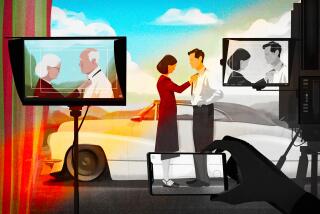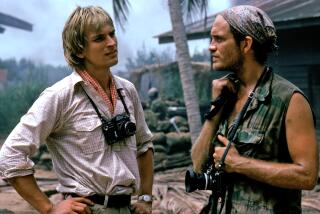B&W; Film After Color
- Share via
I am extremely puzzled by John Randolph’s statement in his May 2 Counterpunch that his 1966 film “Seconds” was the first major film to be shot in black-and-white since the advent of color films (“A Few Thoughts on Rock Hudson and Another Man Named John . . .”).
The “advent” of color dates to the late ‘30s, with such classics as “Snow White,” “The Wizard of Oz” and “Gone With the Wind.” But I suppose 1955 is as good a year as any to consider the turning point when virtually all films were shot in color.
But let’s give Randolph the benefit of the doubt and call 1960 the dividing line between monochrome and rainbow cinema. If we do that, there are such landmark films as “Psycho” and “The Apartment” (1960), “The Longest Day” (1962) and “To Kill a Mockingbird” (1963), to say nothing of 1965’s “The Pawnbroker,” all of which are more “major” than “Seconds,” which I can’t recall ever seeing.
RICK ROFMAN
Van Nuys
More to Read
Only good movies
Get the Indie Focus newsletter, Mark Olsen's weekly guide to the world of cinema.
You may occasionally receive promotional content from the Los Angeles Times.










